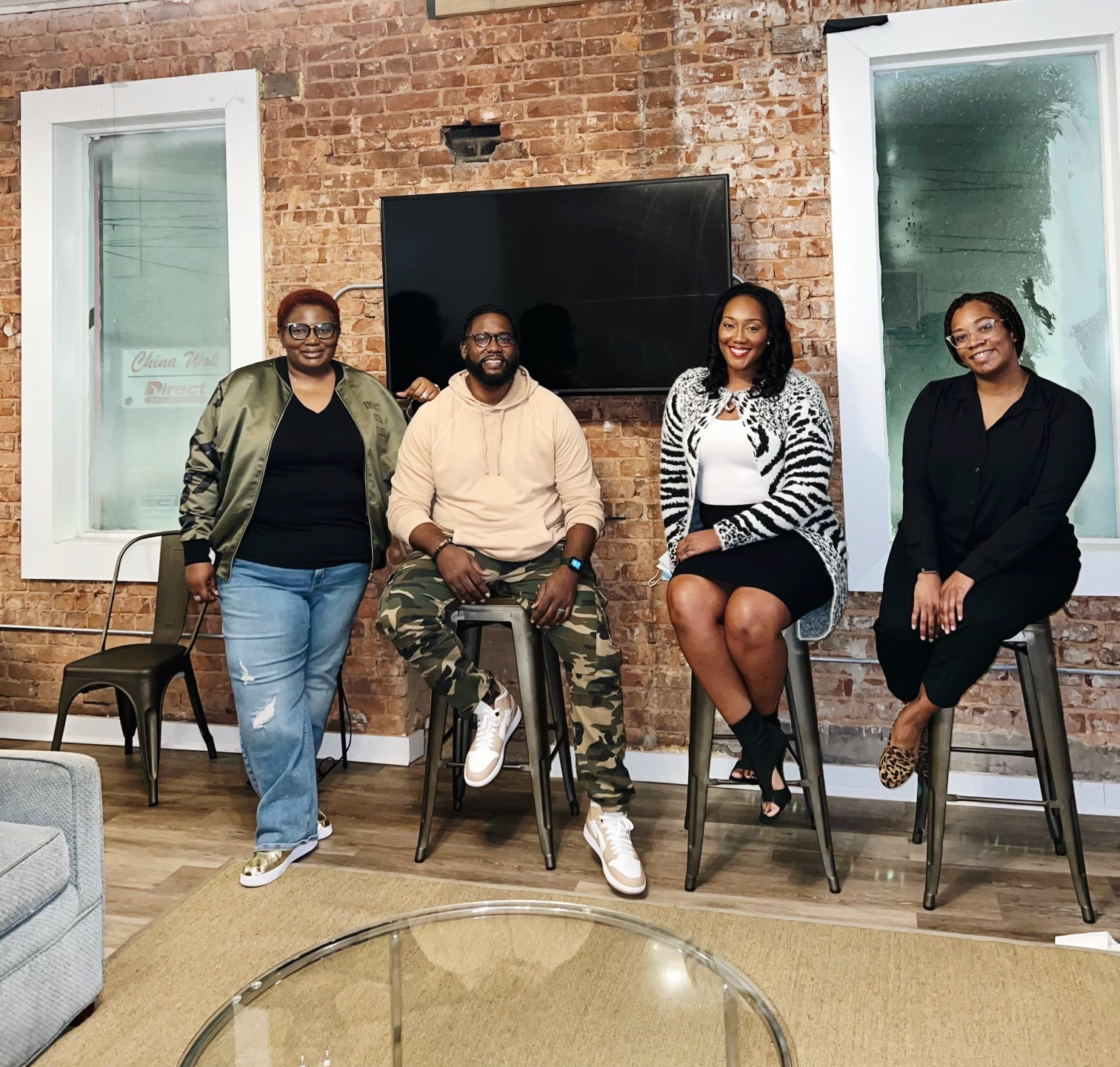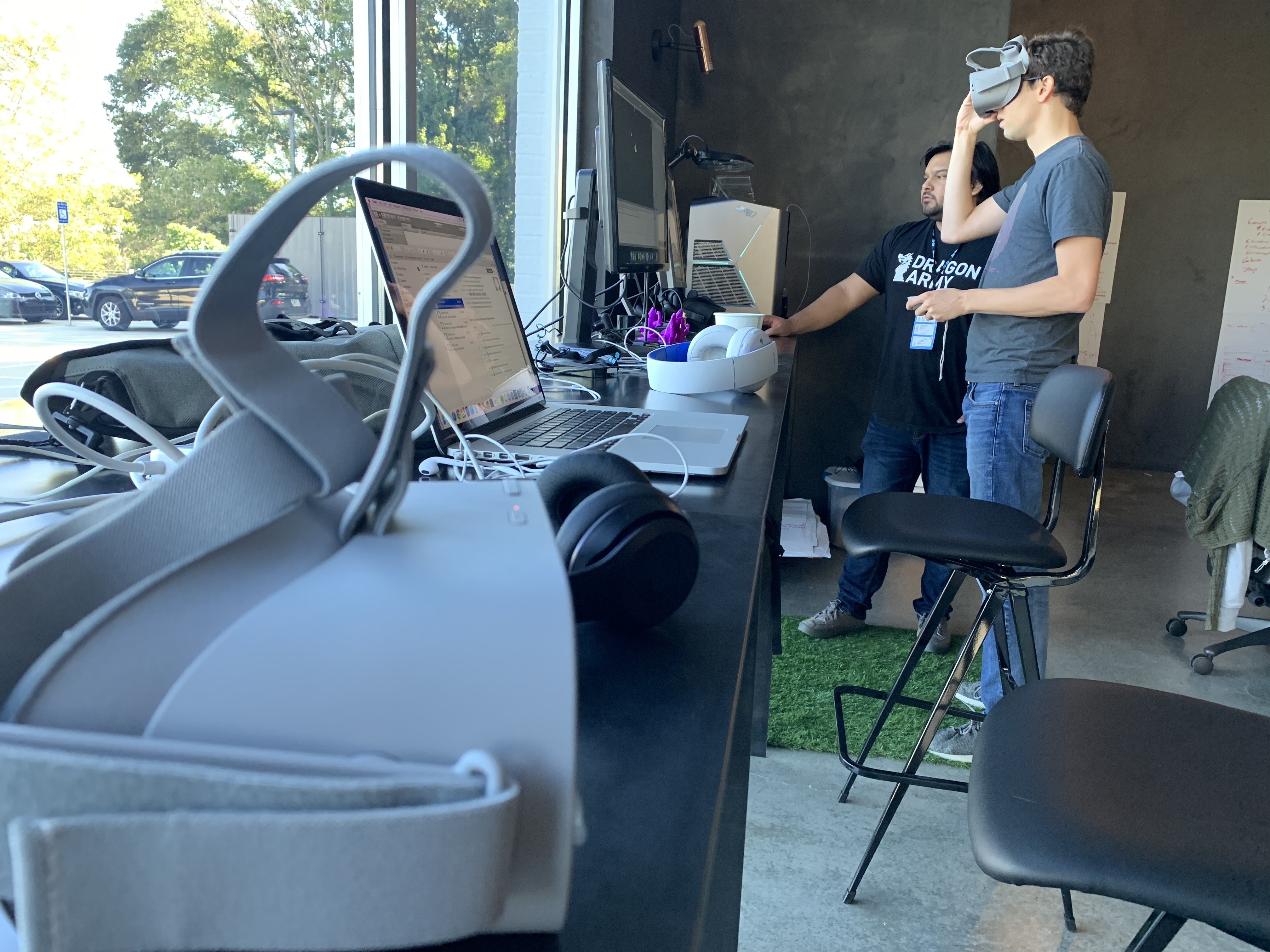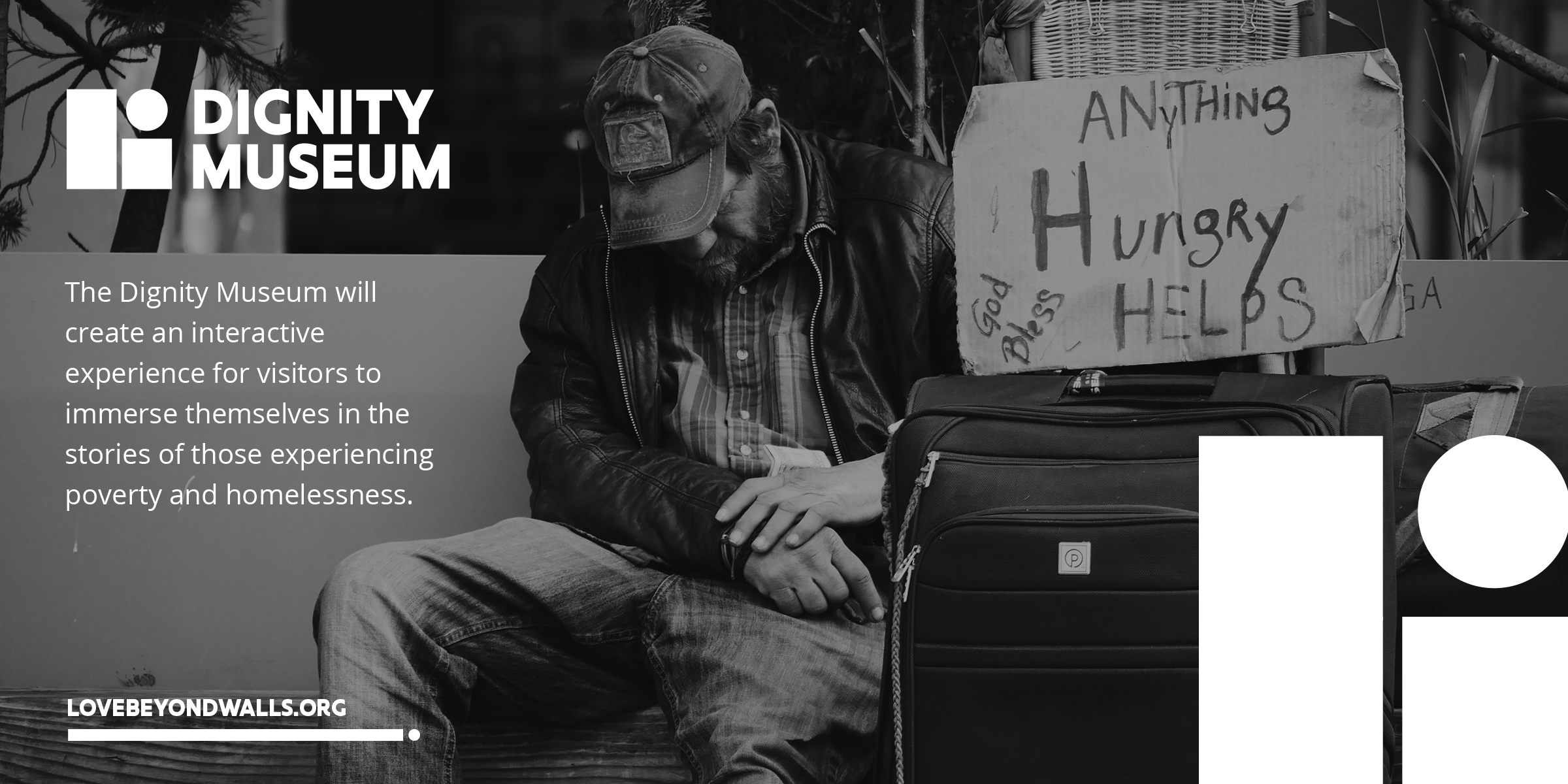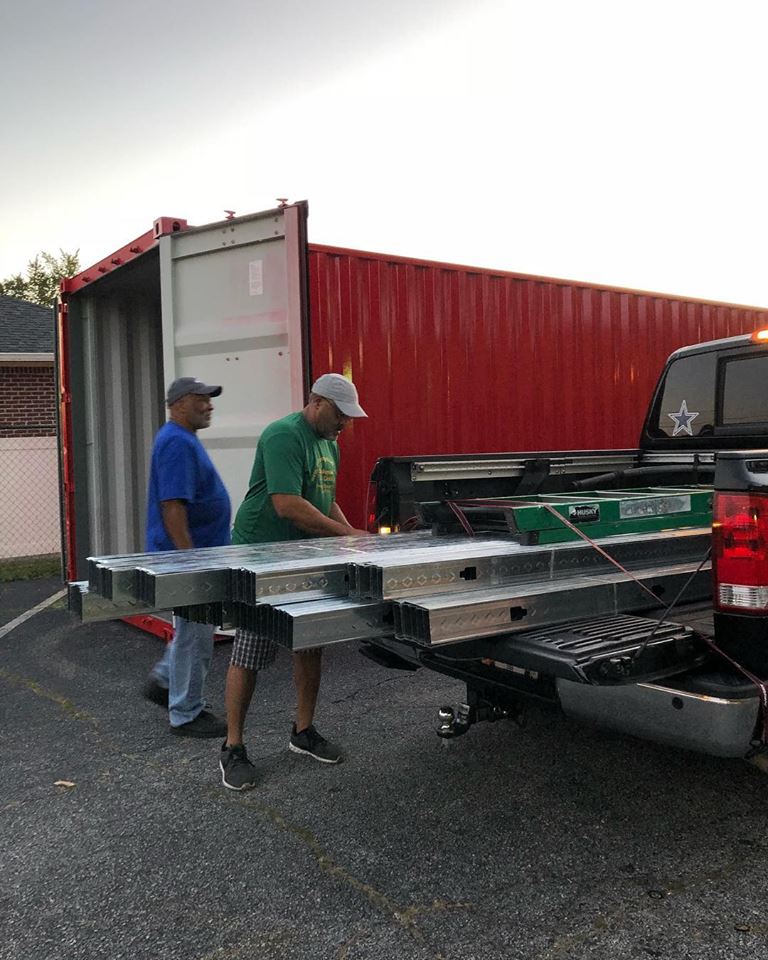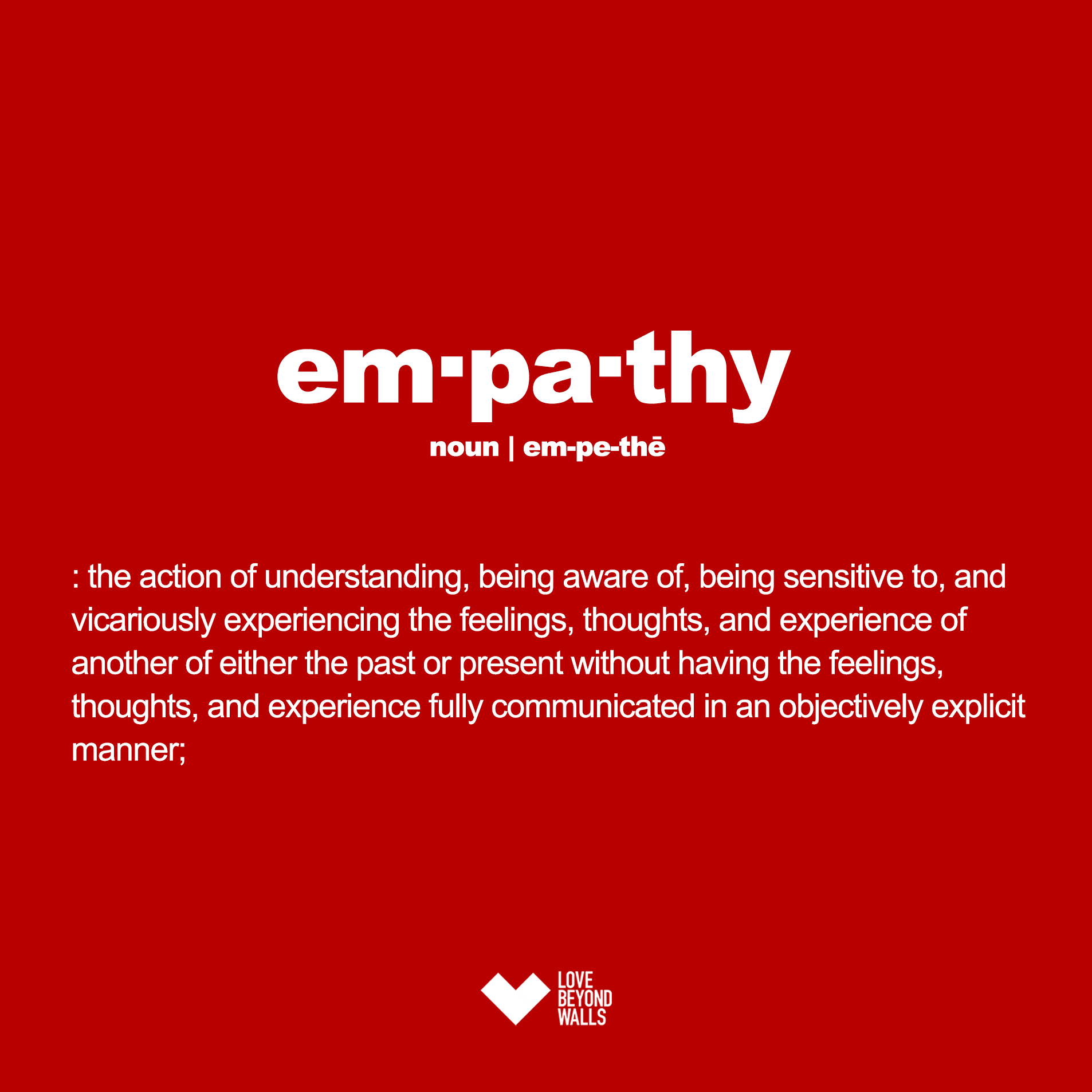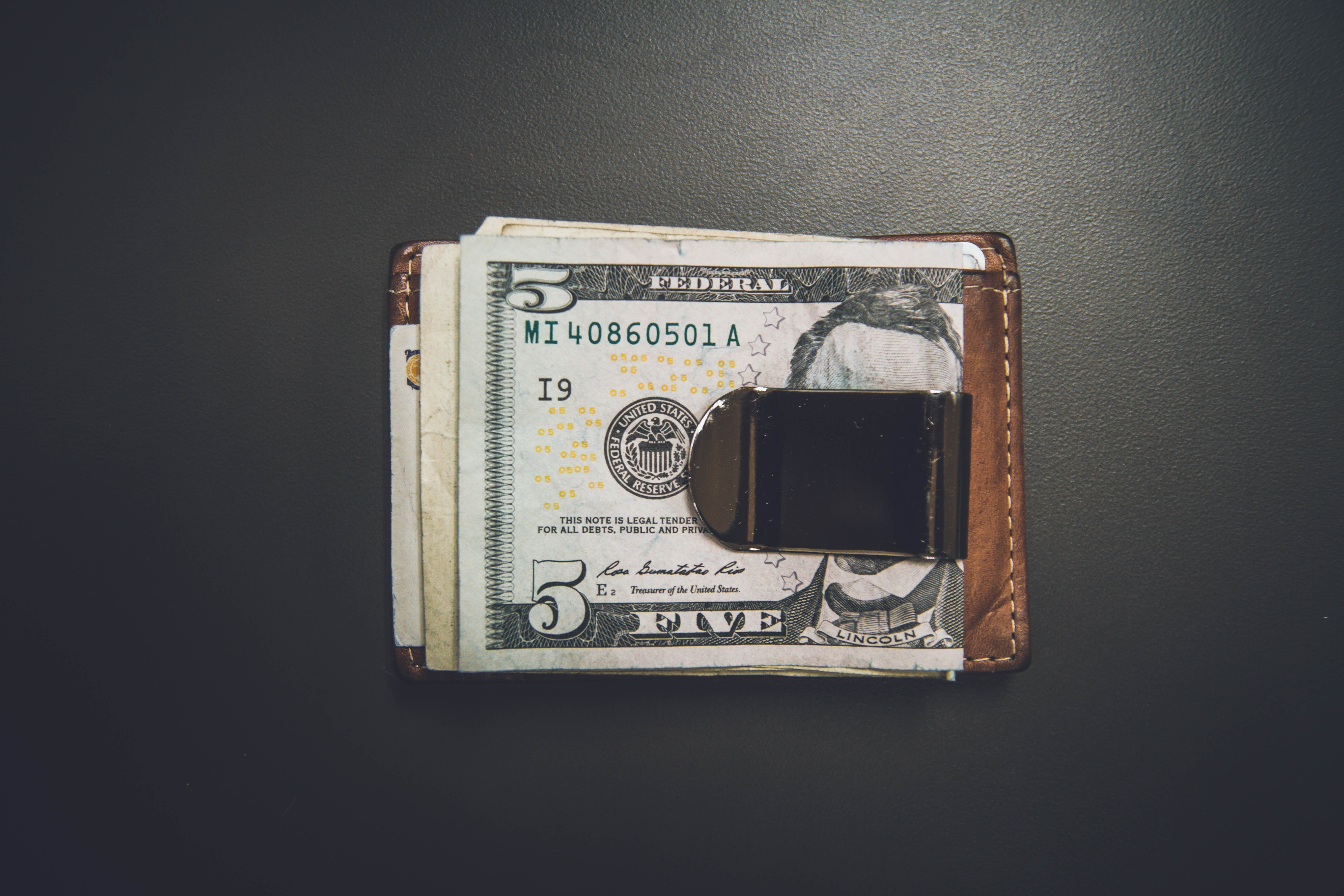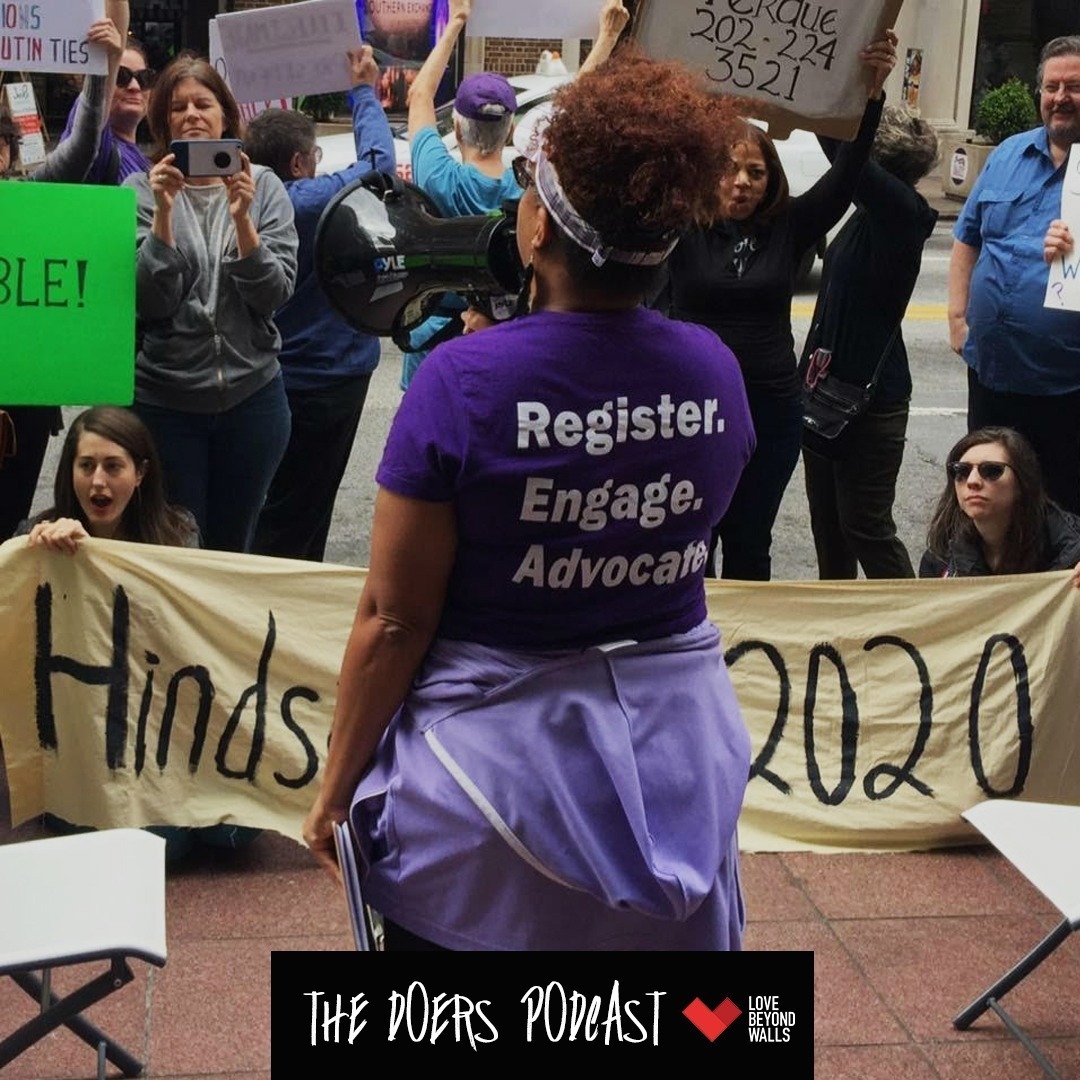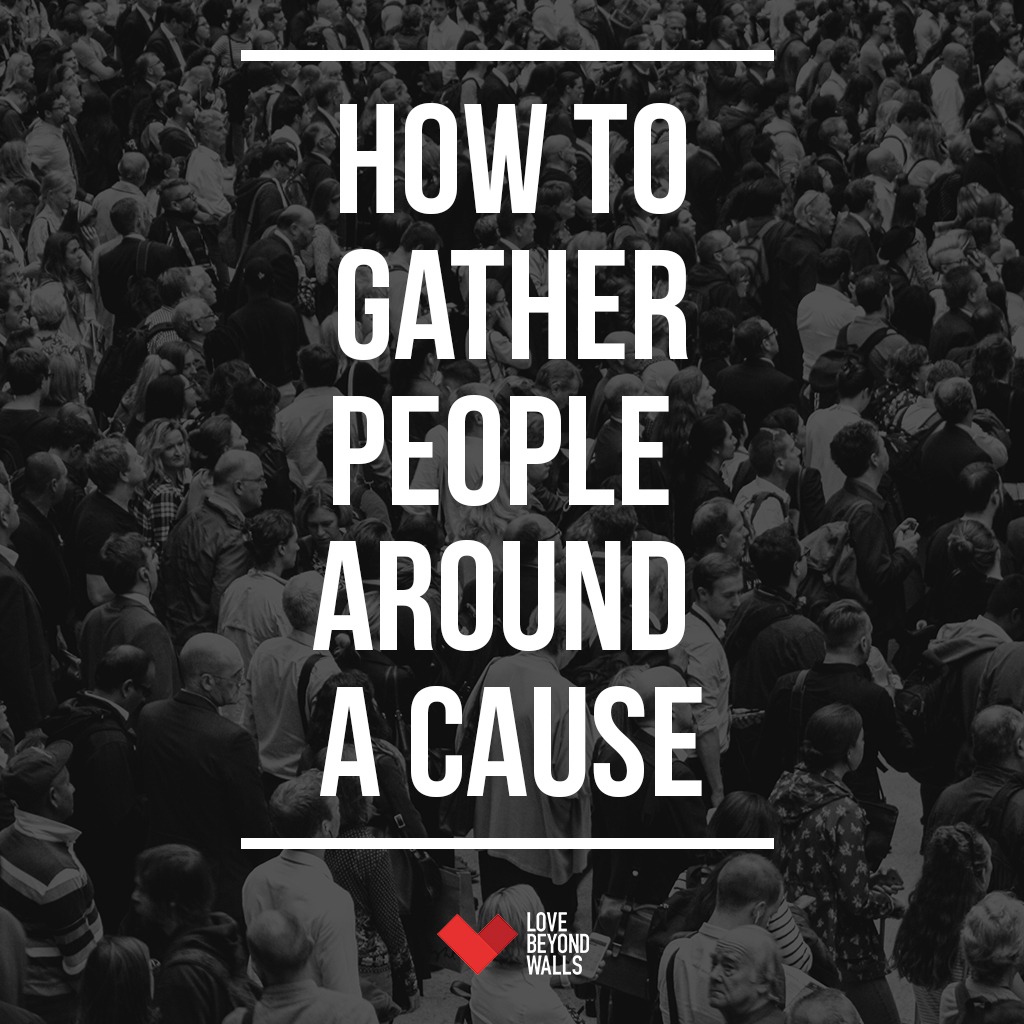
In leading a movement of doers, we want to equip you in how to create your own movement or how to bring awareness to an issue close to you.
The world changes and problems are solved through communities of people coming together to commit to the change. Love Beyond Walls would not have any impact if it weren’t for our volunteers, followers, partners, and everyone who engages with our story and mission.
The same goes for every cause. If you’d like to gather people around your idea, solution, or mission, here are some first steps to follow.
1. Identify With It
The cause needs to be something that you personally identify with it. It ties into your story. That doesn’t mean you have had to go through it but it has had to have an impact on you.
For example: If you overcame an illness, you might find joy in working with people who are also overcoming an illness. Or, you could have had a friend that was touched by this, and you were affected as a result.
Whatever the cause, it should burn in your heart. It’s not a hobby or trendy topic but something that motivates you to get out of bed in the morning.
2. Get Involved
In order to make an impact towards the cause you’re fighting for, you’ll need to become familiar and knowledgeable about it.
Maybe there is an organization or group already doing something in this area you could learn from.
Take time to volunteer, do research, and hear speakers. Engage with the community that is already working towards making a change.
3. Listen
In developing your own idea, never bring a solution or prognosis to a community without first hearing the symptoms from the people you plan to service.
You wouldn’t have a doctor who prescribes medicine without listening to the symptoms, the same goes for this. Out of the need comes the prognosis.
If you are going to be a social scientist, you can never meet the needs of the people you’ve never met. Additionally, you’ll find out how to tailor your idea to meet the need you found.
4. Get Active
Once you have listened and become knowledgeable, this should provoke action.
You will begin to give your time to it. Create a rhythm in your life where this time is ongoing. Most people normally ask how to do a one-off event but if you are really committed to cause, you need to make service a lifestyle and consistent rhythm in your life.
How often are you going to make sure people have blankets? What days? It’s easier to invite others into the cause when you’re consistent in your idea and service.
You’re applying the knowledge, serving the burden, and actually figuring out the need.
5. Invite others
Start with those who are closest to you. People will believe in you before they believe in the mission or cause you are fighting for. You will become the bridge needed to connect people to your cause.
Try to gather them in a social setting. For example: If your idea is to provide blankets for the homeless community, then you need to invite 5 or 6 friends around an actual activity.
Instead of just collecting blankets and dropping them off, have the people serving with you do something around the blankets. Tell them, “we’re going to write notes.” Or, create tasks that educates those who are donating the blankets. This will help your audience understand why they are needed more than just one time, and must give a part of themselves to the cause.
6. Distribution
Begin to match the people who are giving with the people who have the need.
Help forge relationships between people who have resources relationships and time and those who need them.
Storytelling
While you begin to bring people around a cause, the leading factor should be storytelling. Everything you do should fall under this umbrella.
The need may be blankets, but what story inspired you to want to start collecting blankets? Ask yourself questions like these. This is what will bring people along the journey.
There are 4 P’s to tell a great story: person, plot, place, purpose.
Instead of, “we need blankets for the homeless!” Try and tell a story like this:
“Yesterday, I met John. He sleeps outside and it’s 15 degrees. He was behind a building downtown trying to take cover from the wind. We need to ensure that if he is sleeping behind this building he at least has these blankets.”
We always try to tell stories in this way because it’s indirect asking. It’s a way for people to get involved without directly telling them what to do.
Leave enough space for people to find out that they’re the extra character in the story. Once they figure that out, they’ll come through in even bigger ways than you might have initially imagined.
We try to create “low hanging fruit” where anyone can see themselves as the hero of the story because the level of entry is so low. Don’t exclude people by asking for a blanket factory or people that can only donate $10,000.
This way anyone can get involved because the premise is not based on material but rather involvement.
